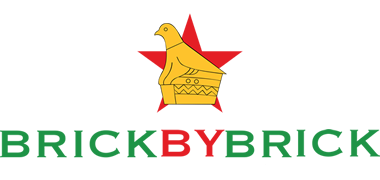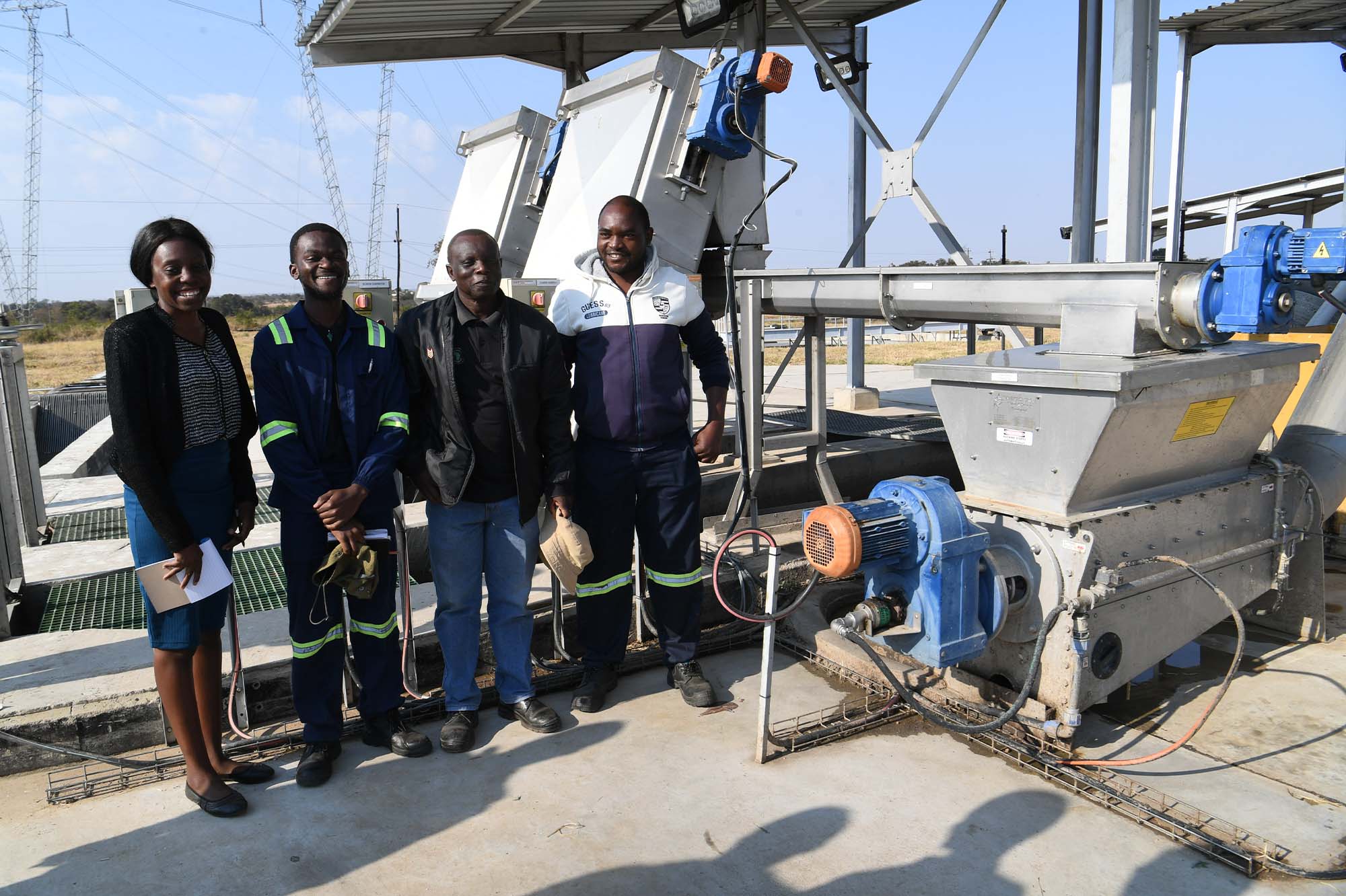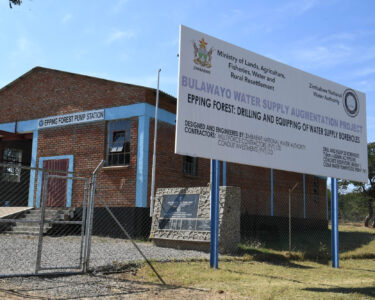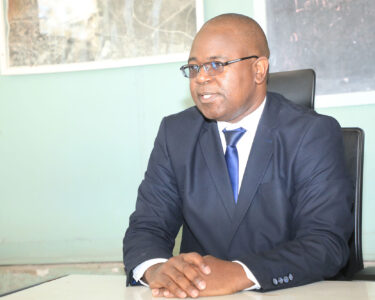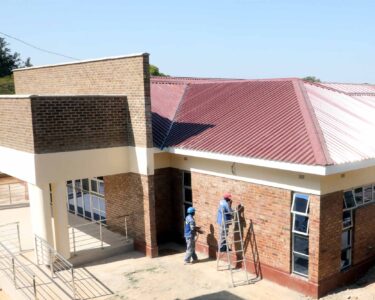For many years, Bulawayo Province has been facing serious water challenges, especially during the dry season. Since the Second Republic came into office, it has been taking a slew of measures to address the challenges. One of the interventions was the rehabilitatation of the Southern Area Sewage Treatment Plant. When our senior writer, Elias Chakanyuka, recently visited the plant, he was pleasantly surprised by what he saw. Read on . . .
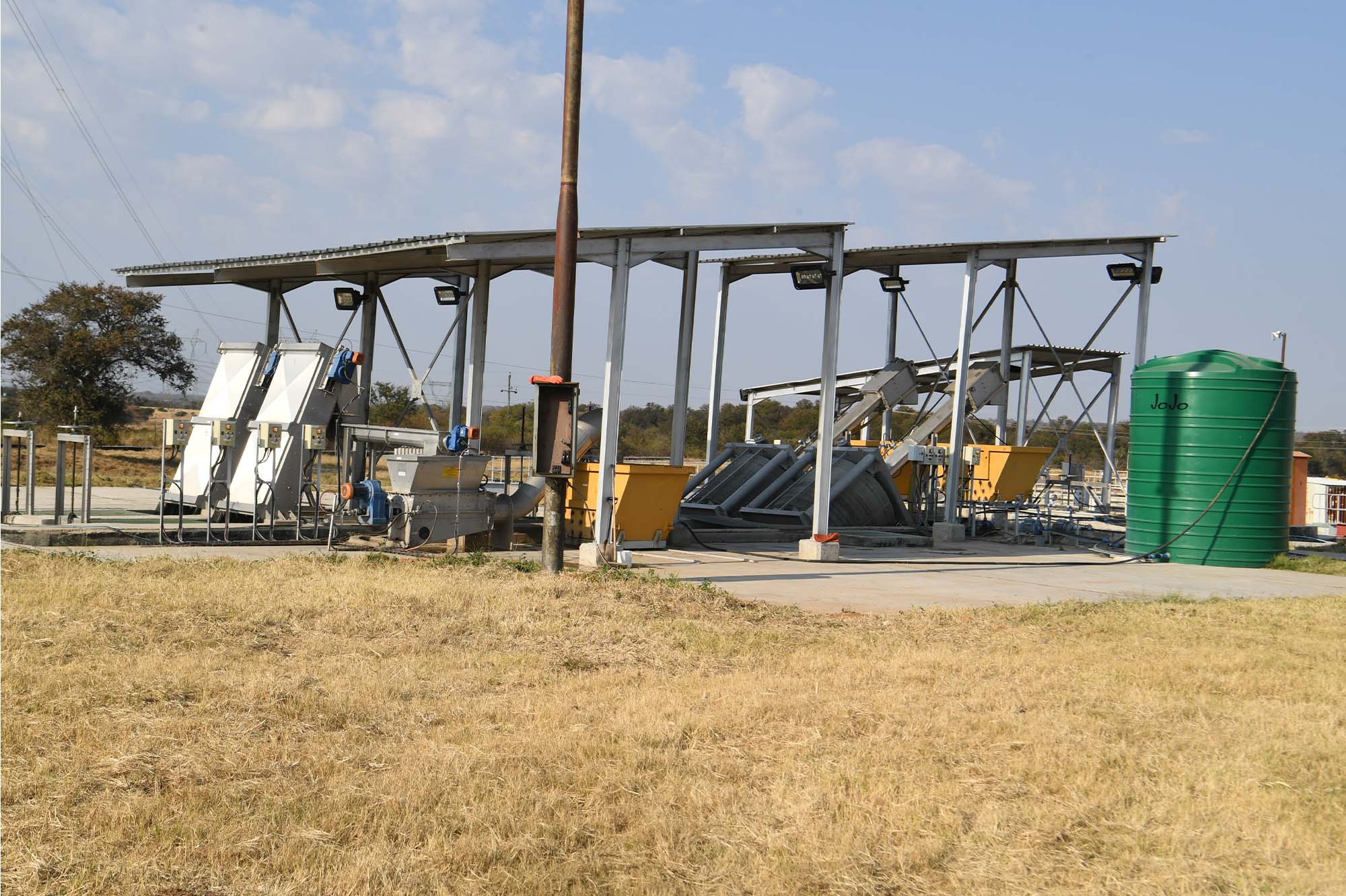
The world over, towns and cities are grappling with the mammoth task of meeting the water needs of their burgeoning populations and industrial needs. Wherever possible, dams have been built and boreholes drilled. But with the advent of climate change, rivers have dried up while water tables have receded, leaving towns and cities literally dry. In the worst-case scenarios, local authorities have been increasingly turning to recycled waste water and desalinisation of sea water in coastal cities.
Bulawayo’s water challenges are well-documented. Although a number of dams have been constructed to meet the city’s water needs, the majority of these are located in faraway Matabeleland South. And since Bulawayo is an inland city, desalinization is out. Recycling of waste water, however, provides a ray of hope for the city’s residents.
And that ray of hope is the form of the Southern Area Sewage Treatment Works, best known by its acronym, SAST.
The acting principal engineer for supplies with the City of Bulawayo, Engineer Dumisani Gwethu, offered Brick by Brick magazine some insight into the recycling plant, built some 40 years ago.

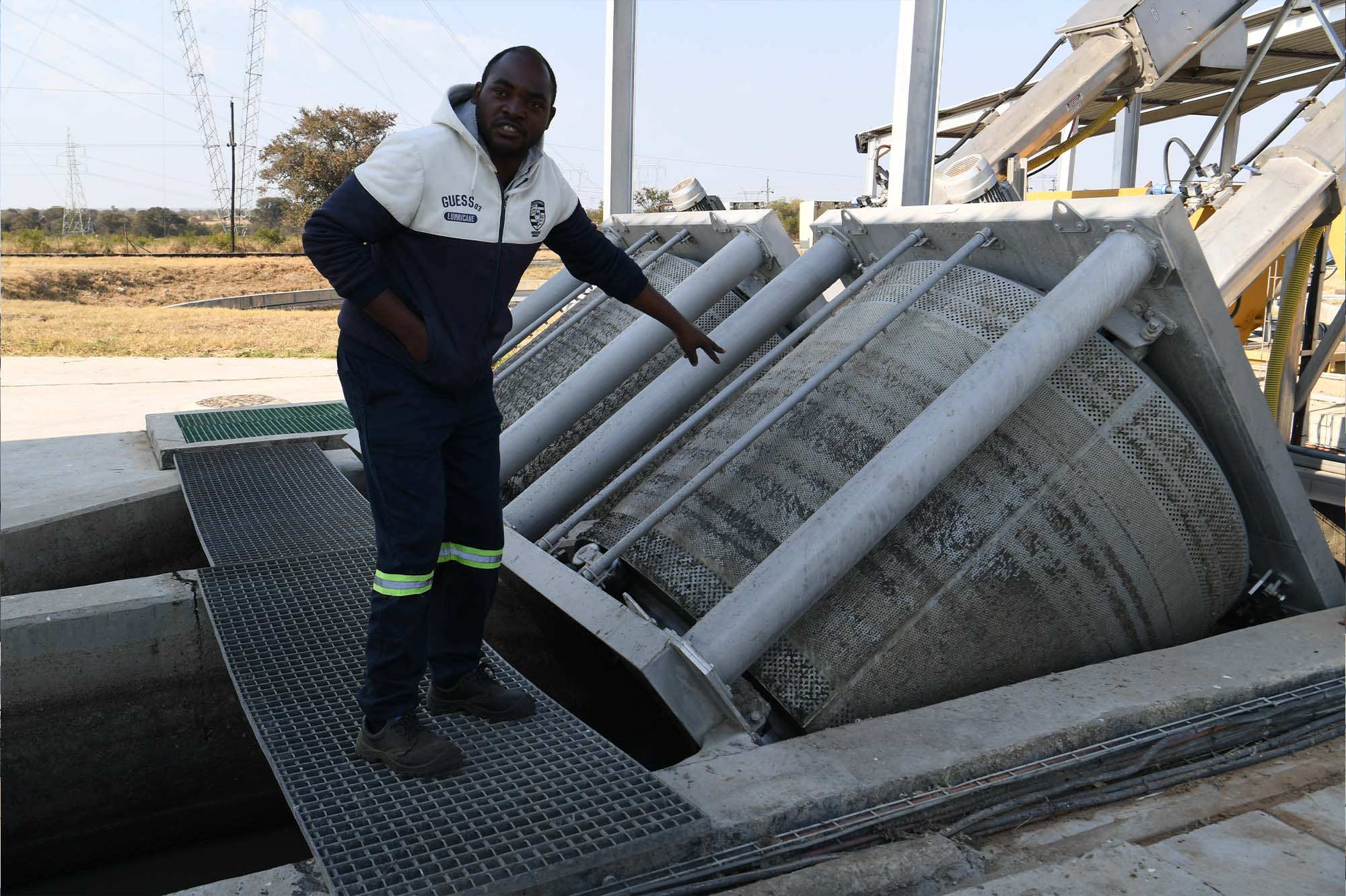
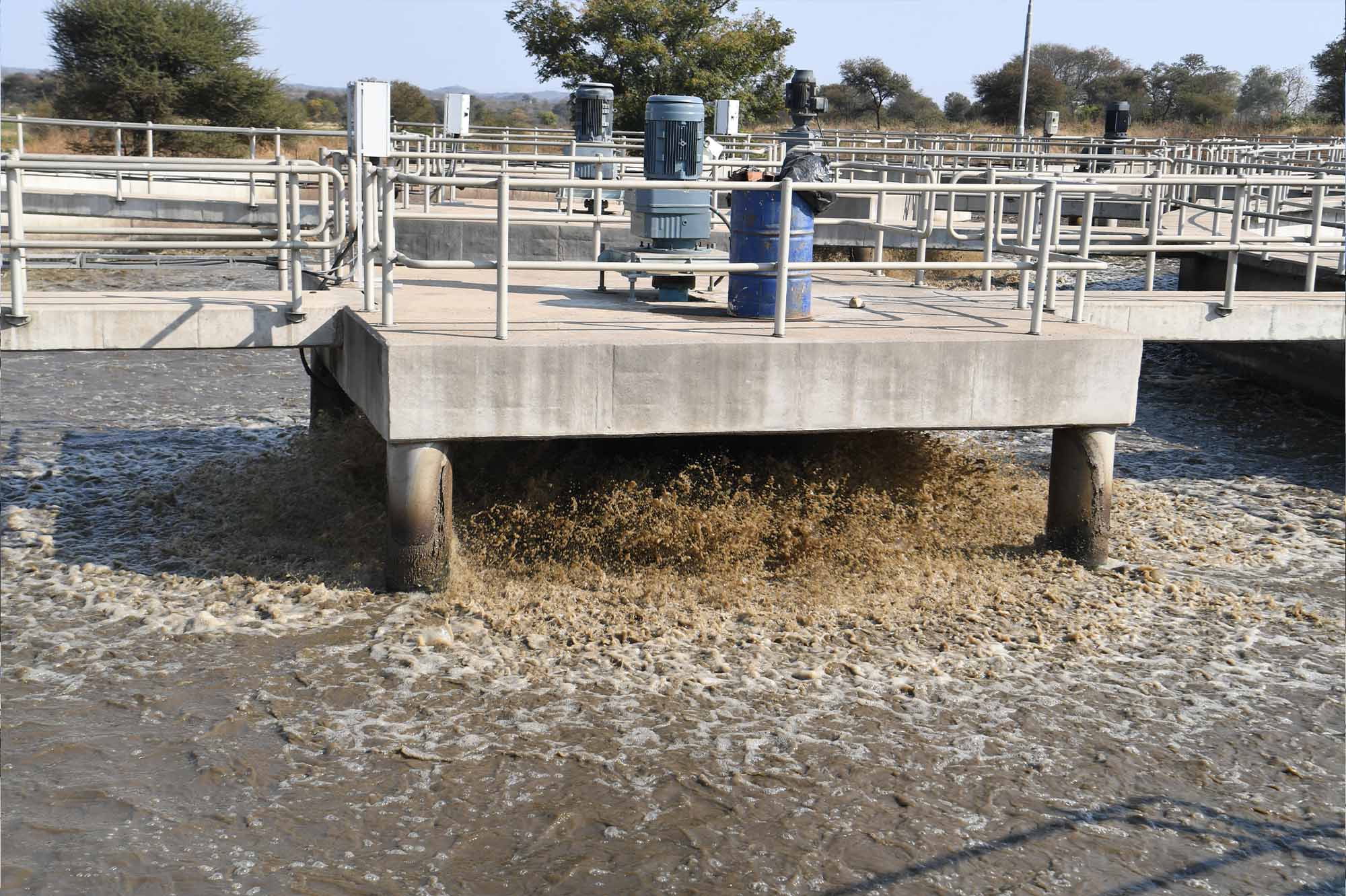 Says Eng. Gwethu: “Built in 1983, SAST has a design capacity of 21 megalitres. In order to bring it back to life, we had some interventions through the African Development Bank (AfDB) to the tune of about US$2.5 million.”
Says Eng. Gwethu: “Built in 1983, SAST has a design capacity of 21 megalitres. In order to bring it back to life, we had some interventions through the African Development Bank (AfDB) to the tune of about US$2.5 million.”
“SAST is comprised of two plants – SAST 1 and SAST 2, which were designed to produce about 6 megalitres and 15 megalitres of treated waste water per day respectively, bringing the total to 21 megalitres.
“The Southern Area Sewage Treatment Plant processes waste water from the south-western suburbs of Bulawayo, notably Nkulumane, Nketa, Emganwini and parts of Pumula. This makes the waste water treatment plant of very strategic importance to Bulawayo City.
“Due to its strategic nature, it was never completely shut down during rehabilitation. In other words, the plant continued to service those suburbs, even when it was not functioning at full capacity. However, when this plant is recommissioned, the residents will see a vastly improved service in terms of water supply. We promise the residents much cleaner waste water, which is environmentally friendly. The treated waste water actually flows into Khami Dam.
“We are expecting the commissioning [of the plant] anytime, since we have done extensive rehabilitation works at the inlet valves and throughout the plant. I would say we are at 99% completion. As you will probably know, waste water, which is mainly sewage, is corrosive in terms of its impact on plant equipment. So over a period of time, the equipment needs to be replaced.”
It was not always plain sailing, however, Eng. Gwethu as quick to point out. “Since some of the equipment had to be sourced outside the country, there were sometimes long delays in its procurement and subsequent delivery. But I am delighted to say that in the final analysis we met our targets. We were patient because we know what this plant means to the Bulawayo suburbs I have mentioned earlier on,” the engineer said.
Equally excited at the new-look SAST was its superintendent, Emmanuel Ndlovu, who shared his excitement with Brick by Brick.
“I am very excited to see this plant coming back to normal, so that we are in a position to produce environmentally friendly water. Since the water from SAST flows into Khami Dam, we can’t risk effluent-contaminated water being used to irrigate the surrounding farms,” Ndlovu said, before the man under whose watch the rehabilitation exercise has been taking place, Mlobisi Khabo, took the Brick by Brick team around the plant.
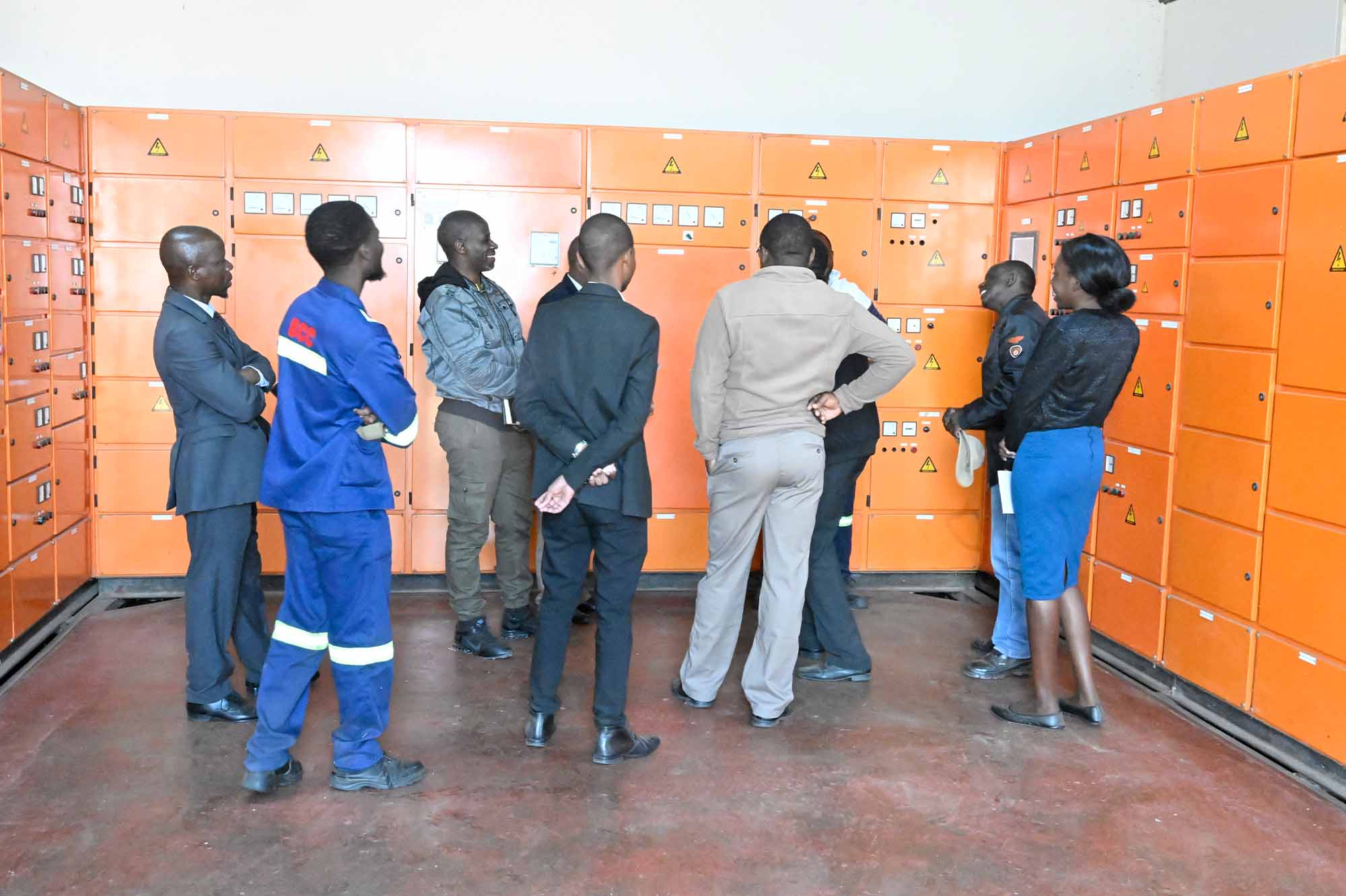
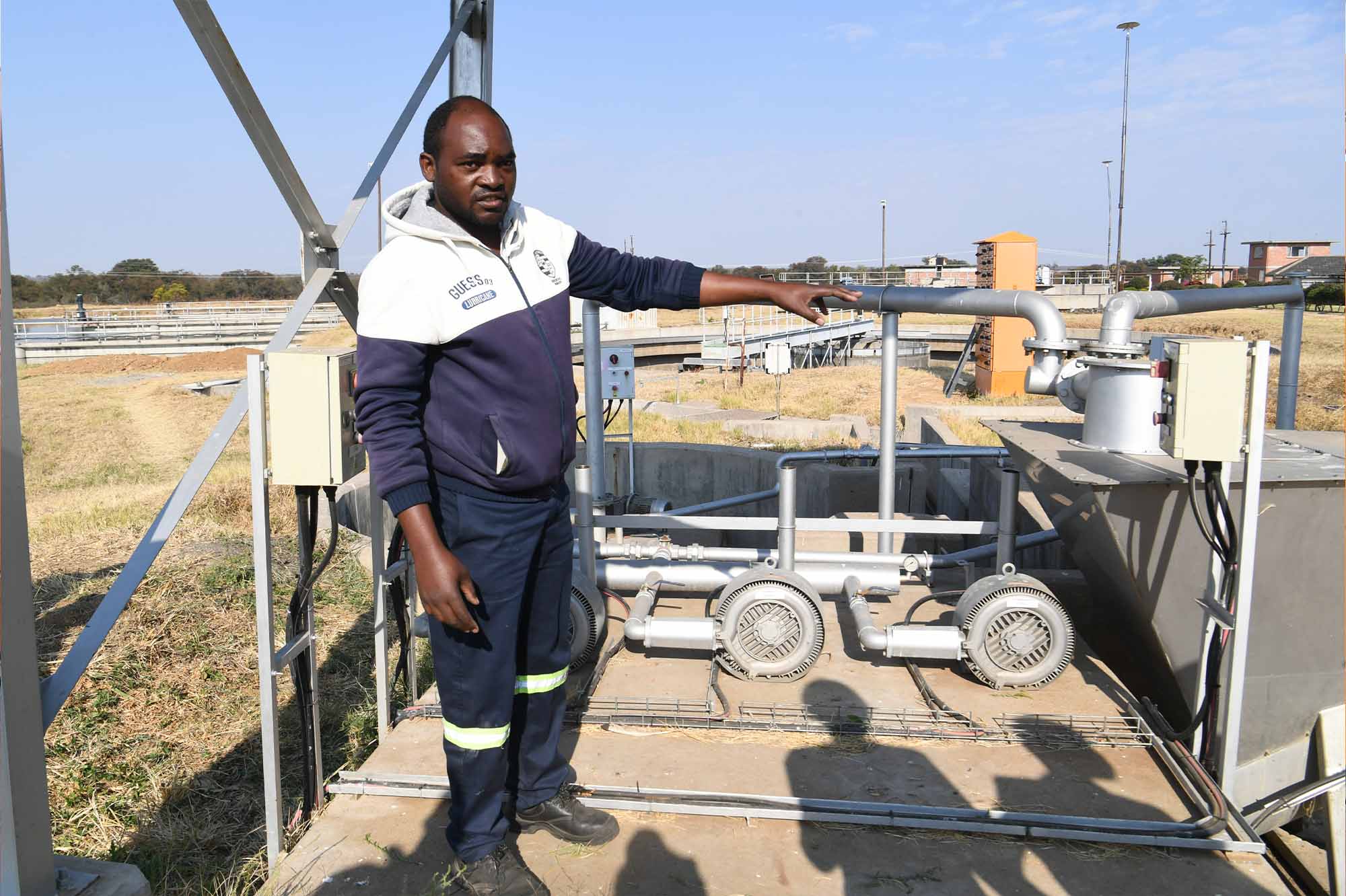
Khabo certainly knows the plant like the back of his hand. He has all the answers to your questions at his fingertips. He is, indeed, living testimony that nyika inovakwa nevene vayo/ilizwe lakhiwa ngabanikazi balo.
Which probably explains why Melinkosi Dube, a graduate trainee under supplies section at the City of Bulawayo, Melinkosi Dube, was full of praise for Eng. Gwethu and Khabo for being such excellent mentors.
“Now in my second year as a trainee, I have learnt so many things in terms of waste water treatment since my arrival here. There is a tendency for fresh graduates to believe that they know it all. But you can’t put all your fancy ideas into practice before you understand the situation on the ground. So, I have been taking my time to learn the nitty-gritties of water treatment from my bosses here. My long-term dream is to come up with new ways of treating waste water [but until then, I want to learn as much as possible from these gentlemen,” said Dube, a National University of Science and Technology (NUST) graduate.
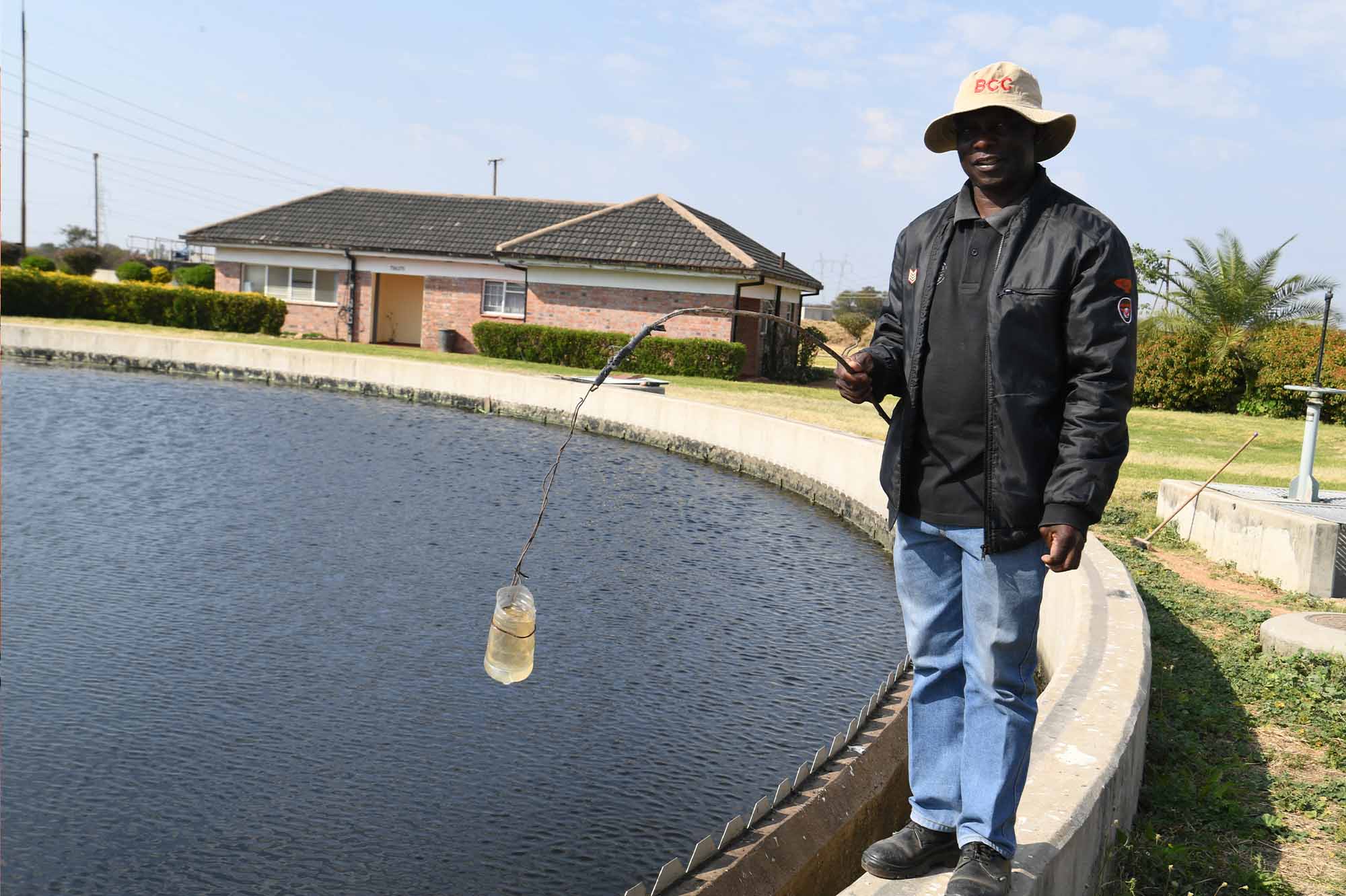
Liberty Hlongwane, the infrastructure, planning and development officer for Bulawayo Metropolitan Province, was impressed by what he saw during his tour of the plant.
“I want to thank the province for this opportunity. The exposure has really opened my eyes. When you see [first-hand] the work being done on the ground you can’t help feeling proud to be a Zimbabwean. This is ample proof that we can fix our country [by ourselves].”
The environmental, planning and management officer for Bulawayo Metropolitan Province, Lorraine Musarira, had the last word: “I was really curious to find out whether the engineers were rehabilitating the plant in an environmentally friendly way. I saw with my own eyes that the treatment of water from its raw state until it flows into Khami Dam is being done in line with international standards. Above all, it’s all being done by patriotic, professional and very knowledgeable Zimbabweans.”
Building Zimbabwe brick by brick is the development model being championed by President Mnangagwa since his ascendancy to power. In simple terms, the model is designed to open the floodgates of opportunities and giving room for the implementation of home-grown solutions. Nyika inovakwa nevene vayo/ilizwe lakhiwa ngabanikazi balo is not just a slogan, but a practical application of the African Union’s agenda of “African solutions to African problems”.

